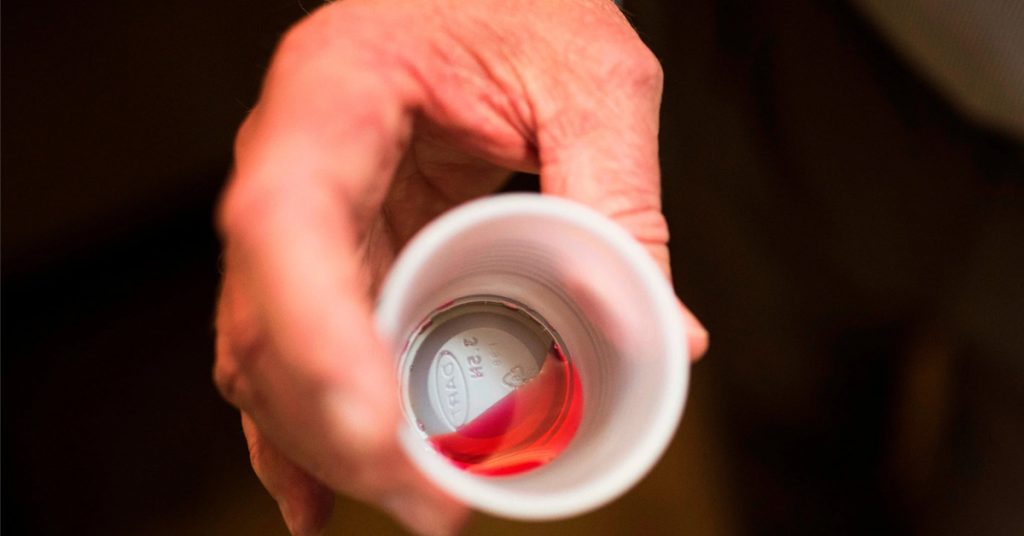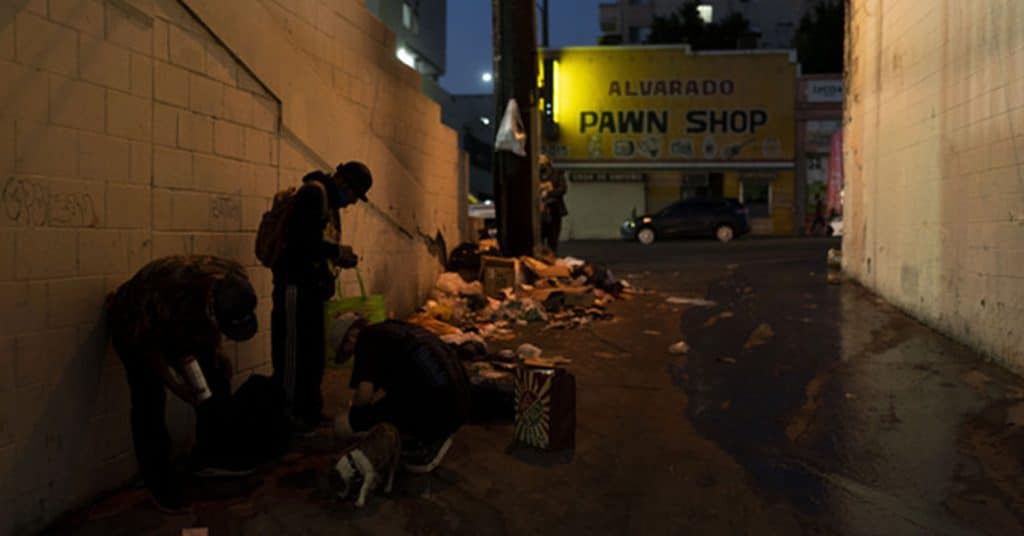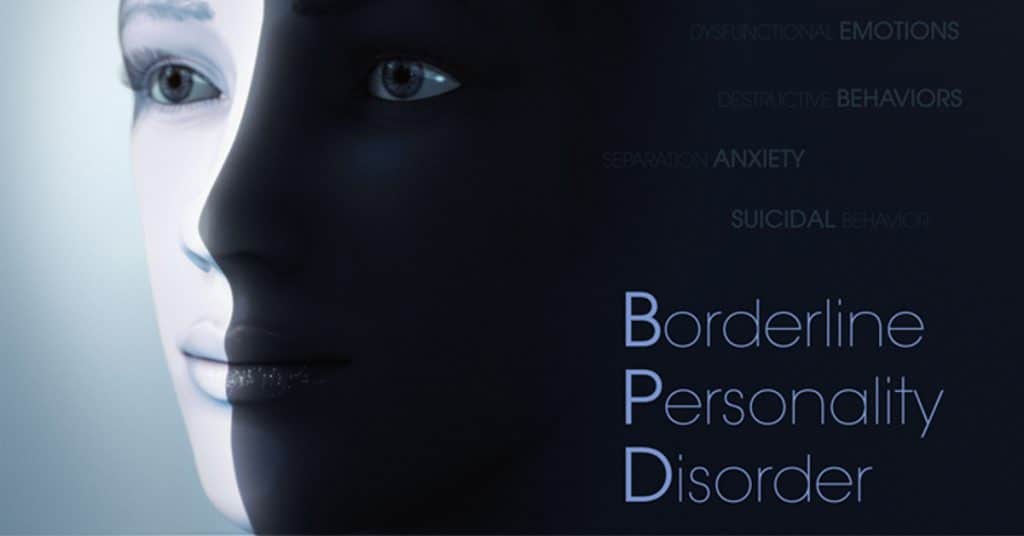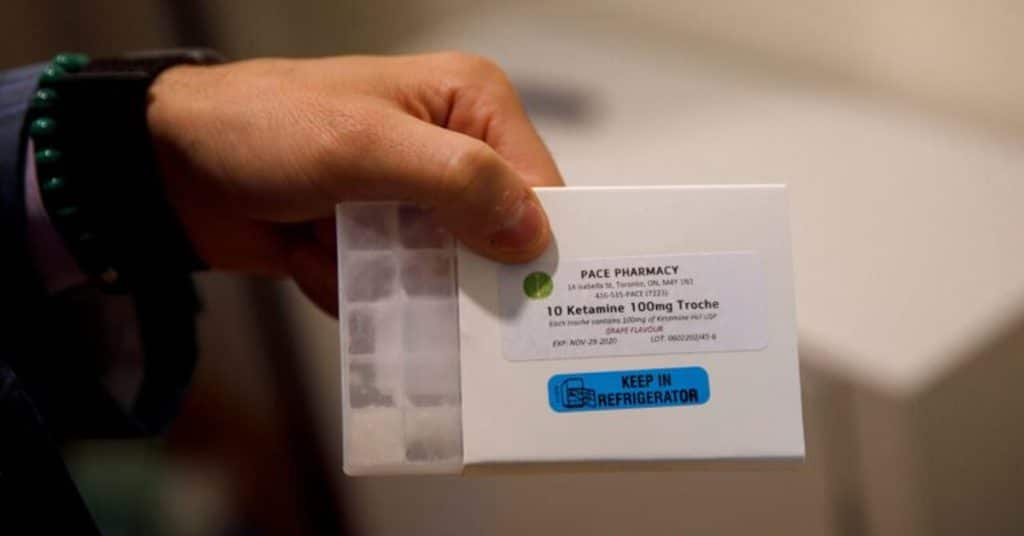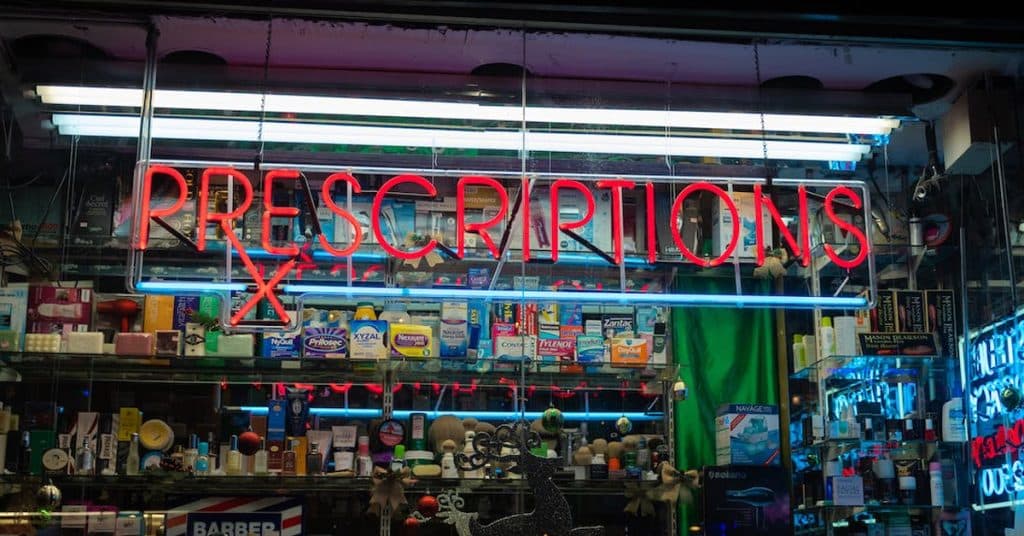What Happens In Recovery: A Young Man’s Journey in 2 ¼ Minutes

Photo credit: Bing.com
In the process of recovery (as in most things), no two people walk just the same path. Still, there are recurring trends. This short video sketches one young man’s journey in Charleston, West Virginia. What his life so far reveals is something most of us have witnessed: that our Loved Ones’ recovery is anything but a straight line.
Nash can’t remember a time when substance use disorder (SUD) wasn’t affecting his life. His mother had suffered from it since his infancy. By middle school, Nash himself was using pot and selling drugs to classmates. But Nash, now in his twenties, has also experienced immense successes with his own SUD. Today he’s no longer using, has a job and a supportive relationship—and may soon be leaving the recovery house that’s been so essential to his progress.
As this video sketches, there were deep pitfalls along the way— including at least one near-death experience. Have a look for yourself, and remember that Nash’s up-and-down-and-up-again struggle is not unusual at all. It can’t be said enough: recovery is almost never a stroll. Usually, it’s a stubborn, hazard-strewn, hope-and-knowledge driven effort toward a better future. But with our support and understanding, our Loved Ones can find their way.
P.S. Nash’s story is just one from this video series, exploring the journeys of ten men in his sober house in Charleston. Here’s another video introducing those men. In the months ahead, they will have profile videos of their own.



